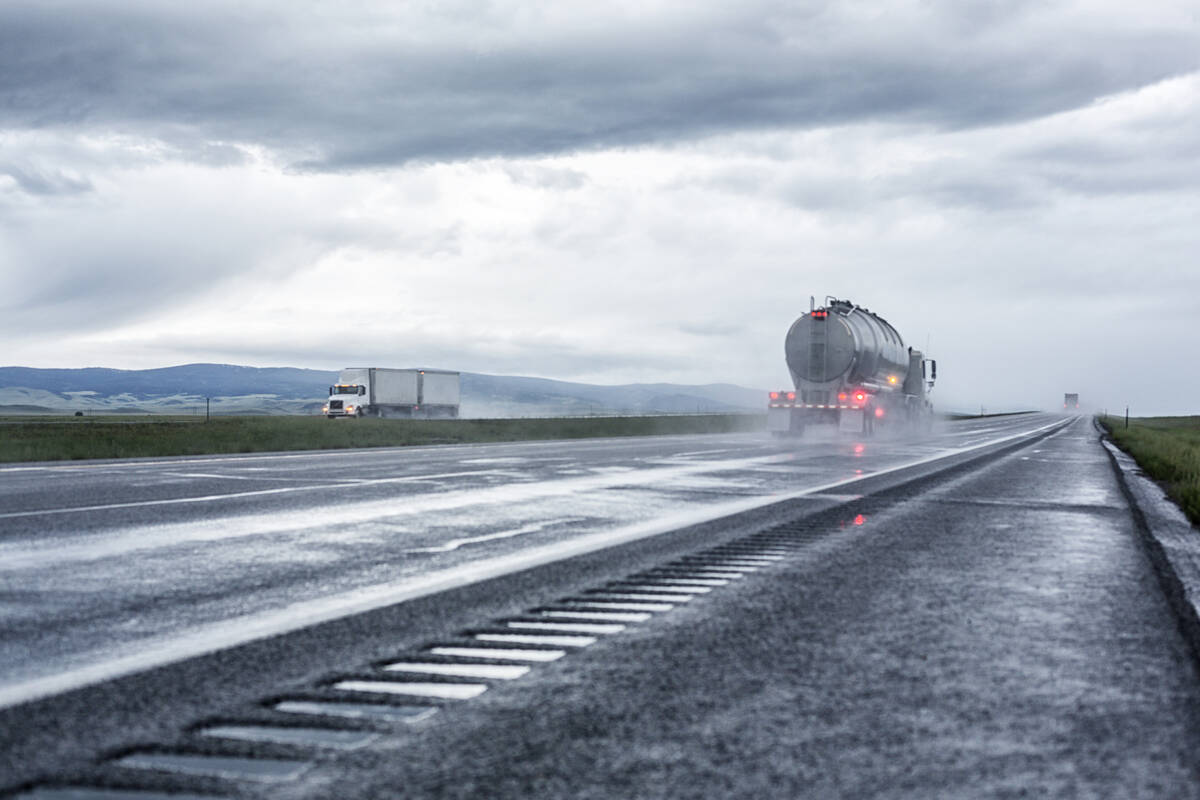Municipalities face more fiscal challenges ahead with operating grants frozen at 2016 levels in last week’s provincial budget, the head of the Association of Manitoba Municipalities (AMM) says.
That freeze is worrisome as it doesn’t take the cost of inflation into account, said Chris Goertzen, AMM president.
“We do know that this will pose some challenges for municipalities,” he said. “Inflation eats away at their ability to provide excellent services to citizens.
Unchanged operating grants come as the province prepares to introduce a carbon tax which will increase operating costs for municipal fleet services and heating and cooling public buildings.
Read Also

Province pledges funds to CentrePort Canada
The Manitoba government has pledged $450,000 towards projects at inland port CentrePort Canada.
Municipalities want to talk further with the province about where the carbon tax revenues will be allocated, Goertzen said.
They also look forward to seeing more details regarding the province’s $102-million conservation trust Fund, he said.
This is the province’s new endowment fund with cash made available to public and private groups as well as municipalities, NGOs and post-secondary institutions. It’s intended to fund projects supporting the province’s Climate and Green Plan to create a more climate-resilient province and economy.
The reality is that municipalities are at the forefront of climate change but also need revenue sources to address the challenges that come with it, he said.
“Certainly water retention and flood mitigation are high on the list of things municipalities are good at and can do to alleviate the effects of climate change,” he said.
The 2018 provincial budget will also invest $350 million in the highway and road system. Goertzen said municipalities expect the province to be “very strategic” in how that money is spent.
“We’ve been advocating for quite some time that the province have a master plan, that allows for year-round transportation of goods at full weight capacity across this province,” he said.
“We’re going to be watching closely where those dollars are allocated so we can see provincial highways used at their full capacity.”















